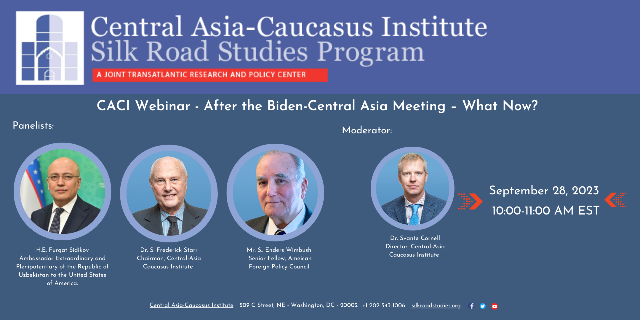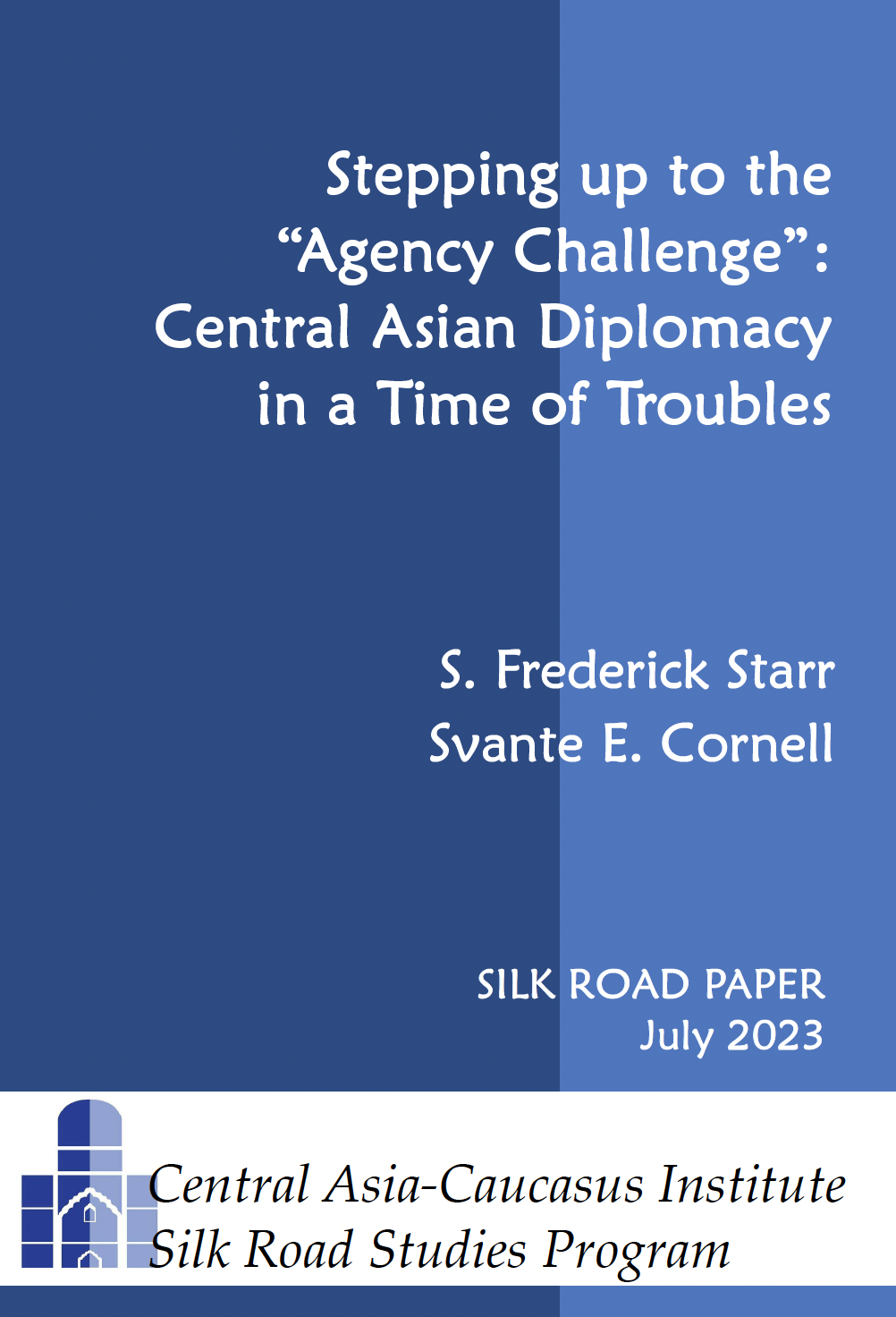Central Asia is often portrayed through metaphors such as a “Grand Chessboard” or a “Great Game,” which suggest that the players in the game are the great powers, and the Central Asian states are merely pawns in this game. The problem with this analysis is that it denies agency to the Central Asian states. This might have been a plausible argument immediately upon their independence, when these states were indeed weak. But today, thirty years into independence, it is abundantly clear that the situation has changed.
Even though China, Russia, and the West are still able to influence the evolution of Central Asia in various ways, the Central Asian states are increasingly capable of defining their individual and joint interests and translating them into concrete programs. While institutionalization of their collaboration has lagged, the Taliban takeover in Afghanistan, Russia’s war in Ukraine, and other great power actions have promoted the regional governments to link arms as never before. Since 2016 this process has advanced rapidly, accompanied by more proactive strategies by the five regional governments themselves. While Kazakhstan and Uzbekistan have emerged as leaders in this process, Kyrgyzstan, Tajikistan and Turkmenistan are all engaged with this new direction, as is their neighbor across the Caspian, Azerbaijan.
It remains to be seen whether and in what ways major powers will acknowledge this development. What is already clear, however, is that “divide and conquer” policies will no longer be effective tools for dealing with the states of Central Asia, which will increasingly use their power of agency to ameliorate and shape the approaches of major powers.
The United States and Europe can take stock of this process to expand their partnership with Central Asian states. This includes expanding Western investment in the Trans-Caspian transportation corridor, while working closely with Central Asian states to prevent sanctions evasion. Western powers should also recognize the primacy of security in Central Asian realities, and support processes of reform in the defense and security sector to help Central Asians defend themselves against the encroachments of neighboring great powers. Last but not least, the U.S. should follow the example of the EU and raise the level of its interaction with Central Asia to the highest political level.




 What should be the United States’ strategy towards Central Asia, the Caucasus, and the region of Greater Central Asia (GCA) as a whole? Should it even have one? Unlike most other world regions, these lands did not figure in US policy until the collapse of the USSR in 1991. Though the new Baltic states entered Washington’s field of vision in that year, in those cases the Department of State could recall and build upon America’s relations with independent Estonia, Latvia, and Lithuania during the inter-war decades. For the US Government after 1991, GCA was defined less as sovereign states than as a group of “former Soviet republics” that continued to be perceived mainly through a Russian lens, if at all.
What should be the United States’ strategy towards Central Asia, the Caucasus, and the region of Greater Central Asia (GCA) as a whole? Should it even have one? Unlike most other world regions, these lands did not figure in US policy until the collapse of the USSR in 1991. Though the new Baltic states entered Washington’s field of vision in that year, in those cases the Department of State could recall and build upon America’s relations with independent Estonia, Latvia, and Lithuania during the inter-war decades. For the US Government after 1991, GCA was defined less as sovereign states than as a group of “former Soviet republics” that continued to be perceived mainly through a Russian lens, if at all.